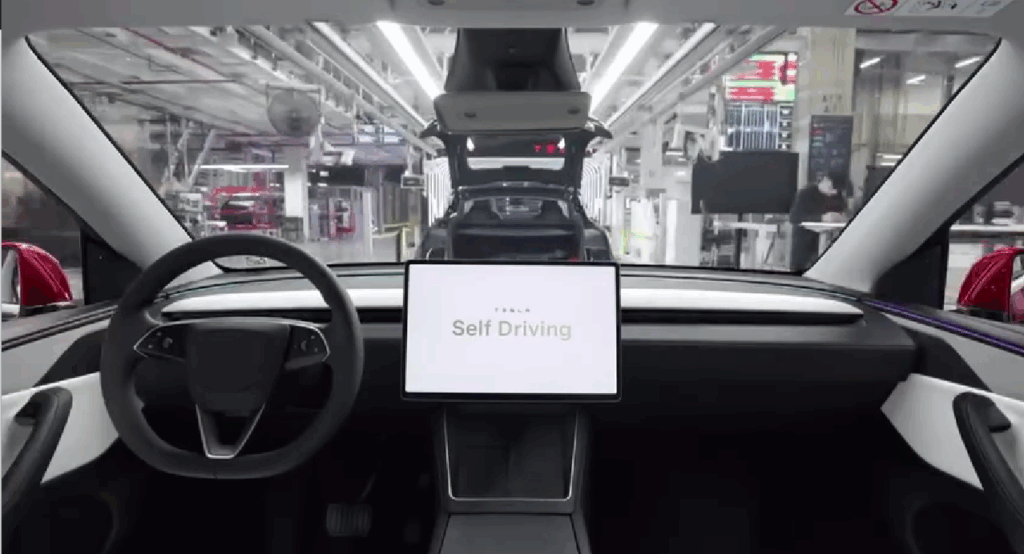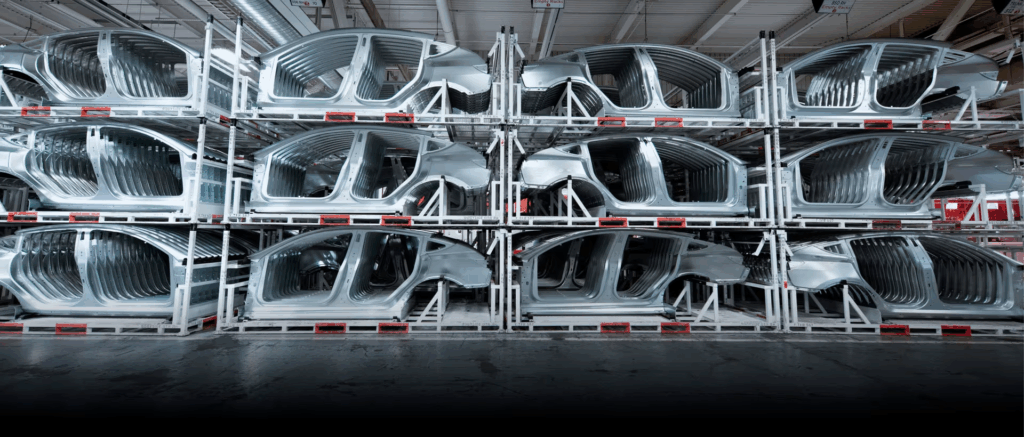🔥 Traffic jams are becoming history. And what does Tesla have to do with it? Let’s break it down.
This is Tesla’s Gigafactory Berlin. A new car rolls off the production line and drives not to a dealer or showroom, but straight to its owner — the one who bought it online (you can see the video clip in our Telegram channel).

But that’s just the beginning. The car operates autonomously: it drives itself to service and car wash, charges itself, goes grocery shopping, loads the bags, and its routes are planned by AI based on the owner’s habits. It can pick up the family from work, from the airport, take a child to the park — and when the owner doesn’t need it, it works as a robotaxi.
And here’s the key: it’s no longer about whether the car can do it — it already can. What matters now is when such technology will become mainstream and legally approved. There are three “brakes” for now: regulators must define who is liable in case of an accident, cities must prepare infrastructure for autonomous transport, and the number of such cars must reach a critical mass.

Why do traffic jams disappear? They don’t arise from “too many cars”, but from human behavior — sudden braking, “I’ll go first” mentality, chaotic parking, uncoordinated maneuvers. When vehicles move in sync, none of that happens. The traffic flow stays smooth, with no braking waves or local blockages, and the city functions as a logistics system rather than an arena of human emotions. At that point, the traffic jam as a phenomenon dies. The steering wheel remains in the cabin only as an accessory.
And that’s only the beginning. When such systems become widespread, cities will transform: streets will be free of parked cars, parking lots will be repurposed, and public transport will integrate with autonomous vehicles to form a unified logistics network. The delivery and taxi economy will change forever — cars will work continuously, optimizing routes and energy use. The city will become not just a space for movement, but an intelligent ecosystem where travel time decreases and stress and accidents become relics of the past.

And here’s the final question: “So what?”
The issue is no longer if cars can do it — they already can. The question is when it will be allowed on a mass scale, when cities and laws will be ready for the new era of autonomous transport.
Three key “brakes” on the way to revolution:
- Regulators. Who is liable in case of an accident — the owner, the manufacturer, or the autopilot? Without a clear framework, full autonomy cannot go mainstream.
- Urban infrastructure. Cities need dedicated drop-off and pickup zones, smart traffic lights, adaptive lanes, and full synchronization to keep the flow smooth.
- Critical mass of autonomous vehicles. One smart car in a crowd of chaos won’t change anything. There must be enough of them to interact and create a seamless flow.

Why do traffic jams end after that?
Now traffic jams are not born because of “too many cars,” but because of the human factor: someone hit the brakes for no reason, someone rushed into a merge thinking “I’ll be first,” someone blocked a lane trying to take a photo of an incident, someone stopped in the second row with hazard lights “just for a minute,” a traffic light pours the flow into an already congested section.
When cars are controlled synchronously, none of this happens: the flow moves smoothly, without braking waves, without minor crashes and collisions, without self-parking in the middle of the road, without local clogs at merges.
The city begins to function as a logistics system, not as an arena of human emotions and spontaneous decisions. And this is the moment when the traffic jam as a phenomenon dies. The steering wheel in the cabin remains purely as an accessory, and control becomes a matter of algorithms, sensors, and communication between cars.
🧠 We hope that in the future traffic jams will remain only in history textbooks as an example of how humanity used to solve problems that robotic systems simply eliminated. Why do traffic jams end after that?
All content provided on this website (https://wildinwest.com/) -including attachments, links, or referenced materials — is for informative and entertainment purposes only and should not be considered as financial advice. Third-party materials remain the property of their respective owners.


